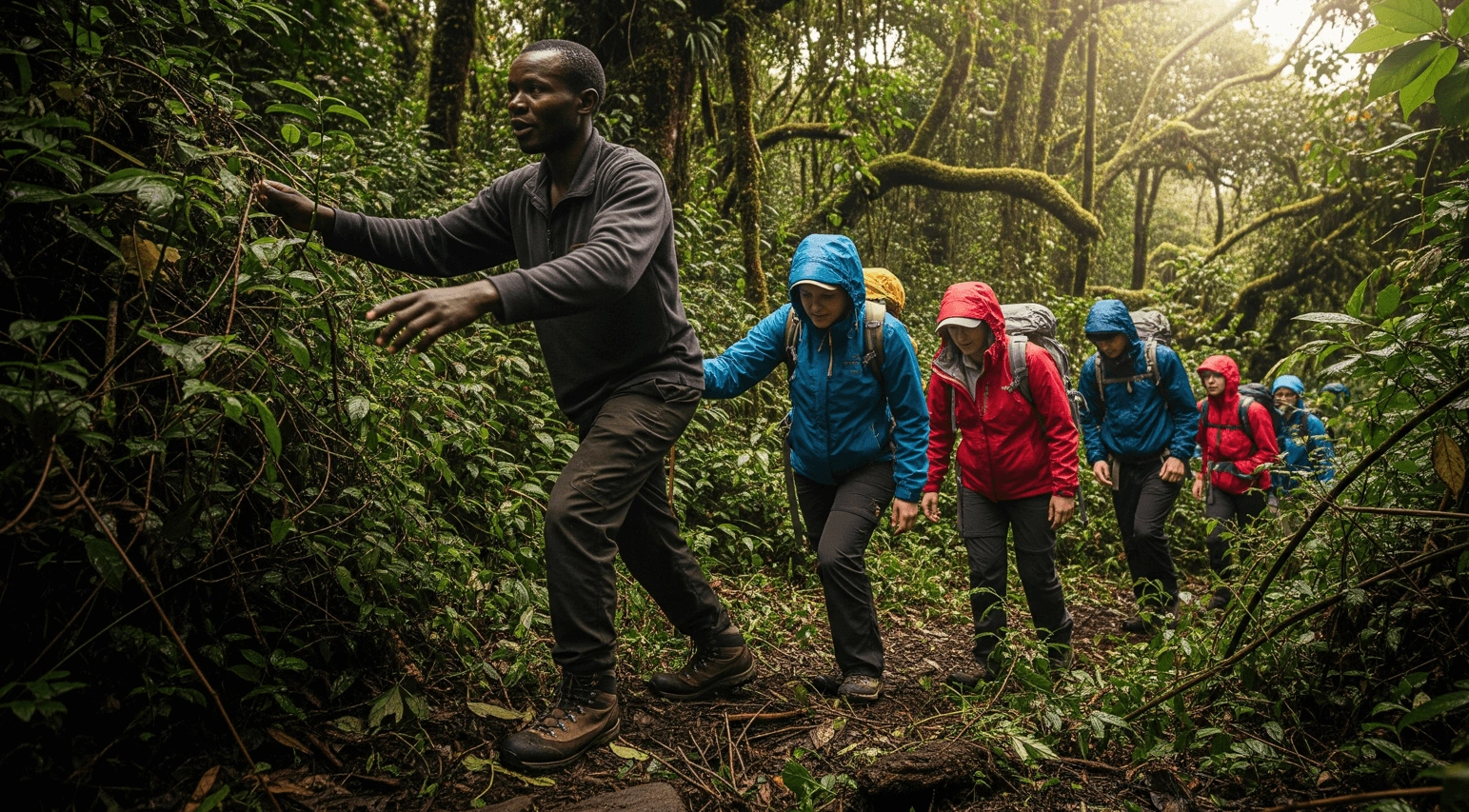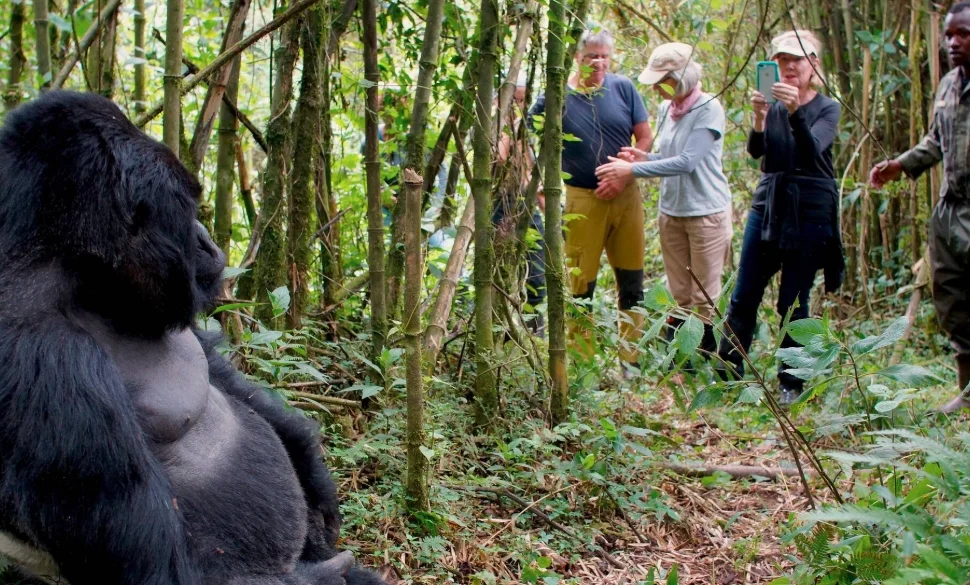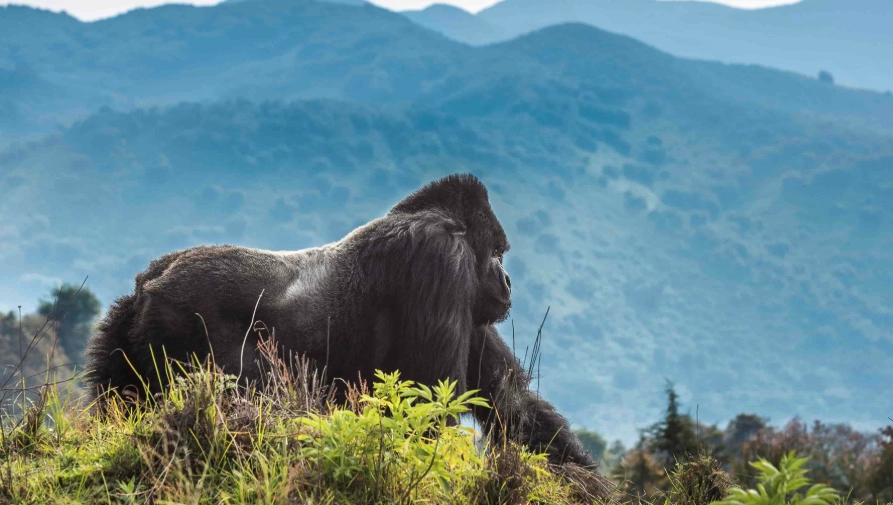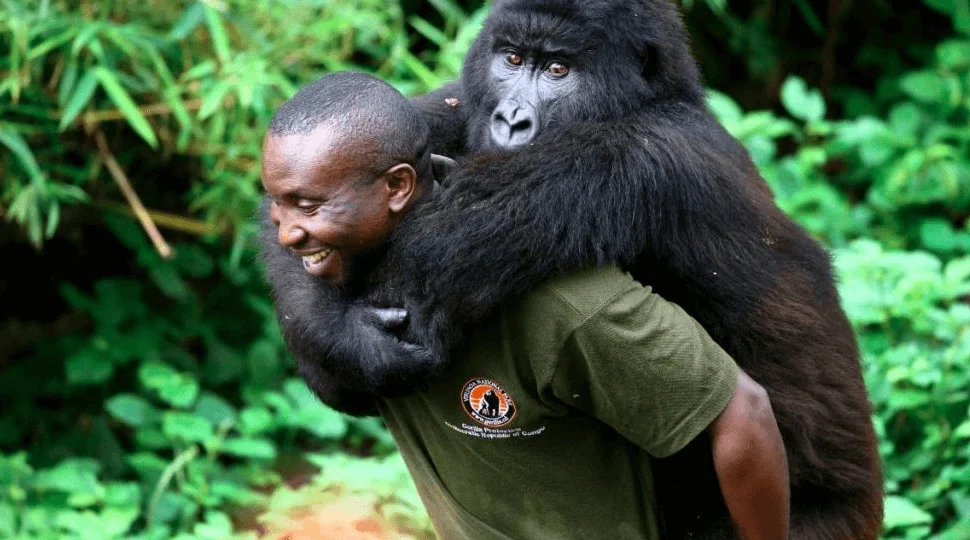There are only around 1,000 mountain gorillas left in the wild.
They live in just three countries: Uganda, Rwanda, and the Democratic Republic of Congo (DRC). If you’re planning this once-in-a-lifetime trek, the question hits hard: where should you go?
I’ve been fortunate to trek in all three. Each destination brings something different to the table—Uganda’s dense forests, Rwanda’s accessible slopes, DRC’s raw, untamed edge. But the right choice depends on what matters most to you: cost, comfort, challenge, or sheer adventure.
Let’s break it down.
Key Takeaways
- Uganda offers more affordable permits and varied trekking options.
- Rwanda delivers easier treks but comes with a premium price tag.
- DRC is the least expensive but best suited for adventurous travelers due to security considerations.
- The gorilla experience itself is magical in all three countries—it’s the journey around it that varies.
- Uganda offers the chance to combine gorilla trekking with incredible wildlife safaris and unique primate encounters.

Uganda vs Rwanda vs DRC: Gorilla Trekking Comparison
1. Permit Costs
Let’s start with the practical bit—permits.
They control how many people can trek each day and directly support gorilla conservation.
- Uganda: $800 per permit
- Rwanda: $1,500 per permit
- DRC: $400 per permit
Uganda clearly wins on value. You can save nearly half compared to Rwanda, and a Uganda trek also ties beautifully into classic safaris—think Queen Elizabeth National Park or the Ziwa Rhino Sanctuary.
DRC permits are the cheapest, but security concerns mean this option isn’t for everyone. (I’ll touch on that in a moment.)
2. Trekking Experience and Difficulty
- Uganda: Trekking here is wild and immersive. You’ll weave through the tangled rainforests of Bwindi Impenetrable National Park or the bamboo-covered slopes of Mgahinga Gorilla National Park. Bwindi treks can be challenging—the gorillas move quickly, and the terrain is steep and dense. Mgahinga offers gentler, more open landscapes.
- Rwanda: Gorilla trekking in Volcanoes National Park is considered the “easiest.” The forest is less dense, the slopes are manageable, and treks often take less time. This makes Rwanda popular with travelers who want a shorter, less strenuous trek. (Here’s a useful guide on Gorilla Trekking Fitness and Age Requirements.)
- DRC: The trails in Virunga National Park can be steep and challenging, but they’re also incredibly raw and untamed. Few tourists venture here. For some, that’s the draw.
3. Scenery and Setting
- Uganda: Bwindi is a tangled wonder—misty, ancient, and alive with the songs of countless birds and primates. Mgahinga sits among three striking volcanoes, sharing borders with Rwanda and DRC. If you like your treks with epic backdrops, Mgahinga delivers.
- Rwanda: Volcanoes National Park is green, open, and visually striking. The bamboo forests feel almost surreal.
- DRC: Virunga’s beauty is undeniable—volcanoes, sprawling forests, and the chance to climb Mount Nyiragongo, one of the world’s most active volcanoes.
For those interested in primate diversity, Uganda’s forests also teem with species beyond gorillas—Primates in Uganda Beyond Gorillas and Chimps is worth exploring.
4. Safety and Accessibility
- Uganda: Safe, stable, and welcoming. Flights to Entebbe are easy to arrange, and the drive to Bwindi or Mgahinga is long but scenic. Alternatively, domestic flights cut travel time significantly.
- Rwanda: Kigali is only a two-hour drive from Volcanoes National Park. It’s by far the easiest access point.
- DRC: Virunga National Park was closed for a period due to security concerns but has since reopened with improved safety protocols. Still, the situation can change rapidly—always check current advisories. For some travelers, DRC’s edge-of-the-map vibe is the main appeal.
Planning your trip? Here’s how far in advance you should book a safari.
5. Overall Safari Experience
- Uganda: This is where gorilla trekking meets classic safari. After your trek, you can go for a boat cruise in Queen Elizabeth National Park, track chimps in Kibale, or even zipline in Mabira Forest.
- Rwanda: Rwanda is mostly about the gorillas, but you can add chimp trekking in Nyungwe or a Big Five safari in Akagera. The circuit is shorter, but well-rounded.
- DRC: DRC is for adventurers. You can trek to Mount Nyiragongo’s lava lake or search for lowland gorillas in Kahuzi-Biega. The infrastructure is limited, but the experiences are raw.
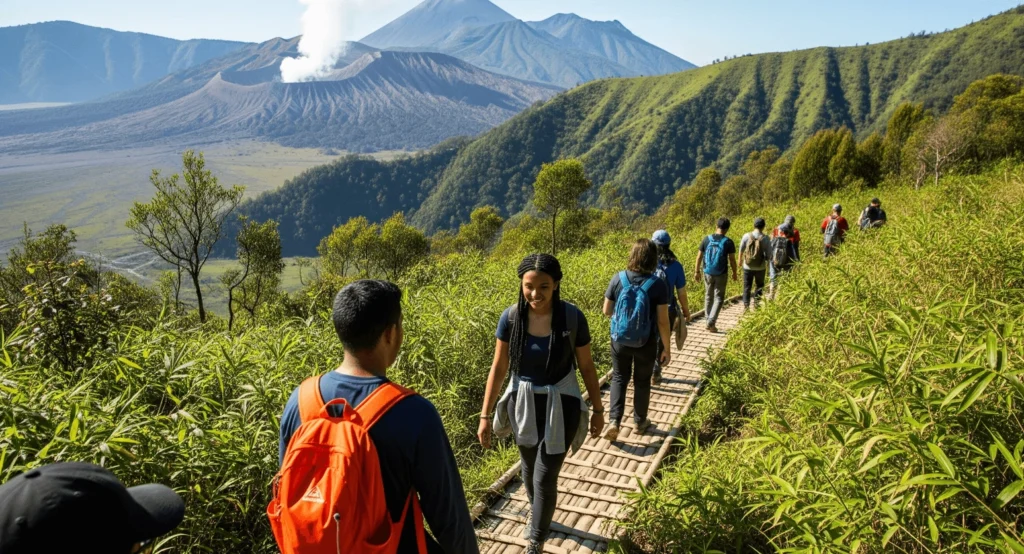
Which Country is Best for You?
| Factor | Uganda | Rwanda | DRC |
|---|---|---|---|
| Permit Cost | $$ | $$$$ | $ |
| Trekking Difficulty | Moderate to Hard | Easy to Moderate | Hard |
| Accessibility | Long Drive or Flights | Very Easy | Limited |
| Safety | Very Safe | Very Safe | Caution Needed |
| Safari Extensions | Excellent | Good | Niche |
Choosing between Uganda, Rwanda, and DRC isn’t just about the gorillas—it’s about the experience that wraps around them.
If you’re looking for excellent value, rich diversity, and a deeper safari circuit, Uganda ticks all the boxes. Rwanda offers ease and elegance. DRC? It’s for the bold-hearted.
We’d love to help you tailor your gorilla trekking adventure—whether it’s in Uganda, Rwanda, or even across borders. Request a quote and let’s craft your perfect journey.
FAQ: Gorilla Trekking Comparison
Is the gorilla trekking experience the same in all three countries?
Yes, the magic of sitting near a mountain gorilla family is powerful in all three. The difference is in the journey, cost, and logistics.
Which country is best for budget travelers?
Uganda and DRC are both more affordable than Rwanda. Uganda offers better infrastructure and more safari options.
Is gorilla trekking in DRC safe?
Virunga National Park has improved safety, but the DRC remains more volatile than Uganda or Rwanda. Always consult up-to-date travel advisories.
How far in advance should I book gorilla trekking permits?
Ideally 6 to 12 months in advance, especially for Uganda and Rwanda during the high season.
Can I combine countries for gorilla trekking?
You can! The East African tourist visa guide makes it easy to cross borders between Uganda, Rwanda, and Kenya.

